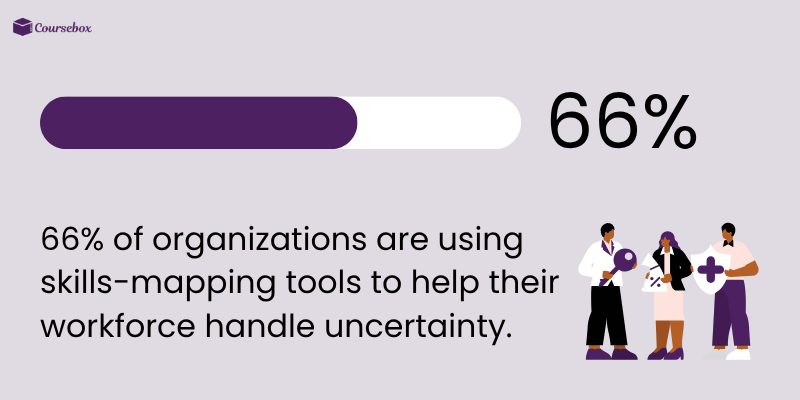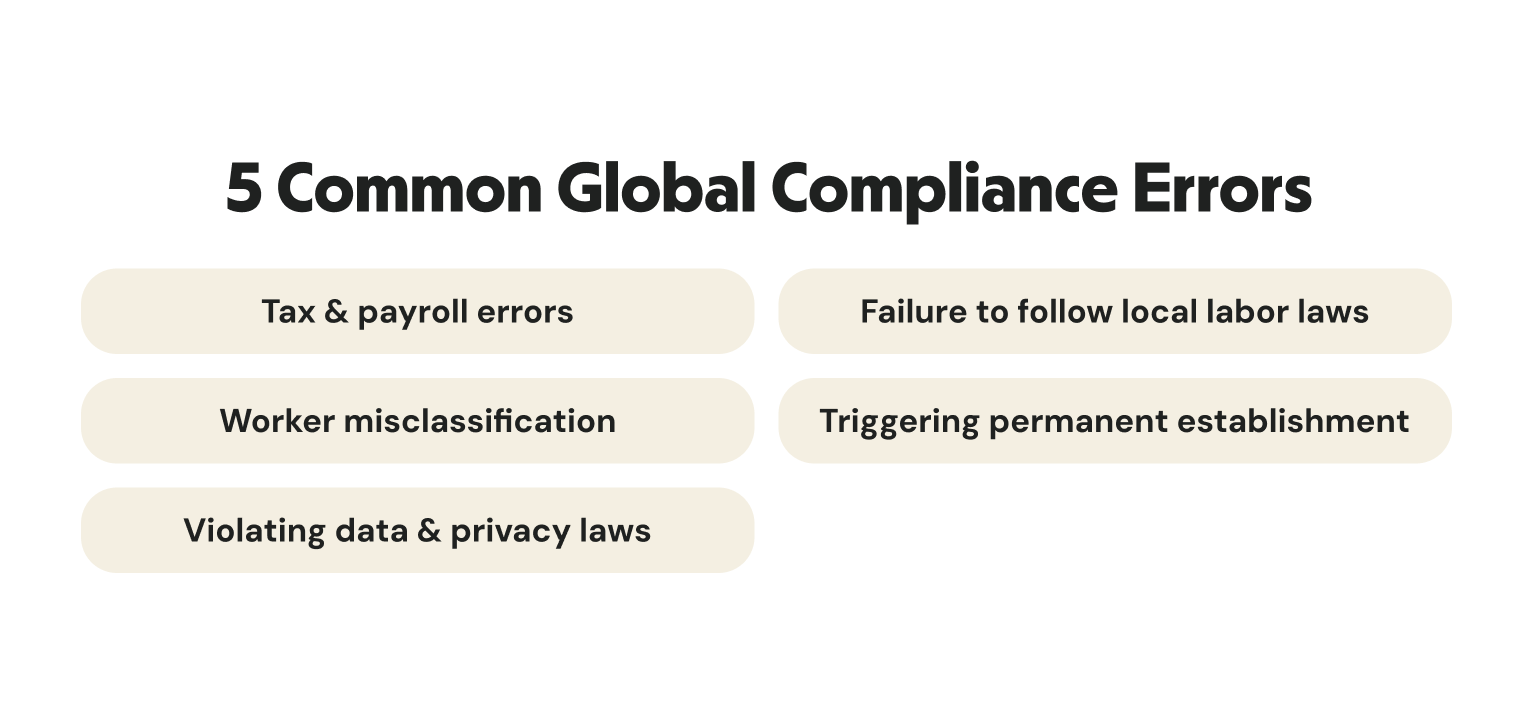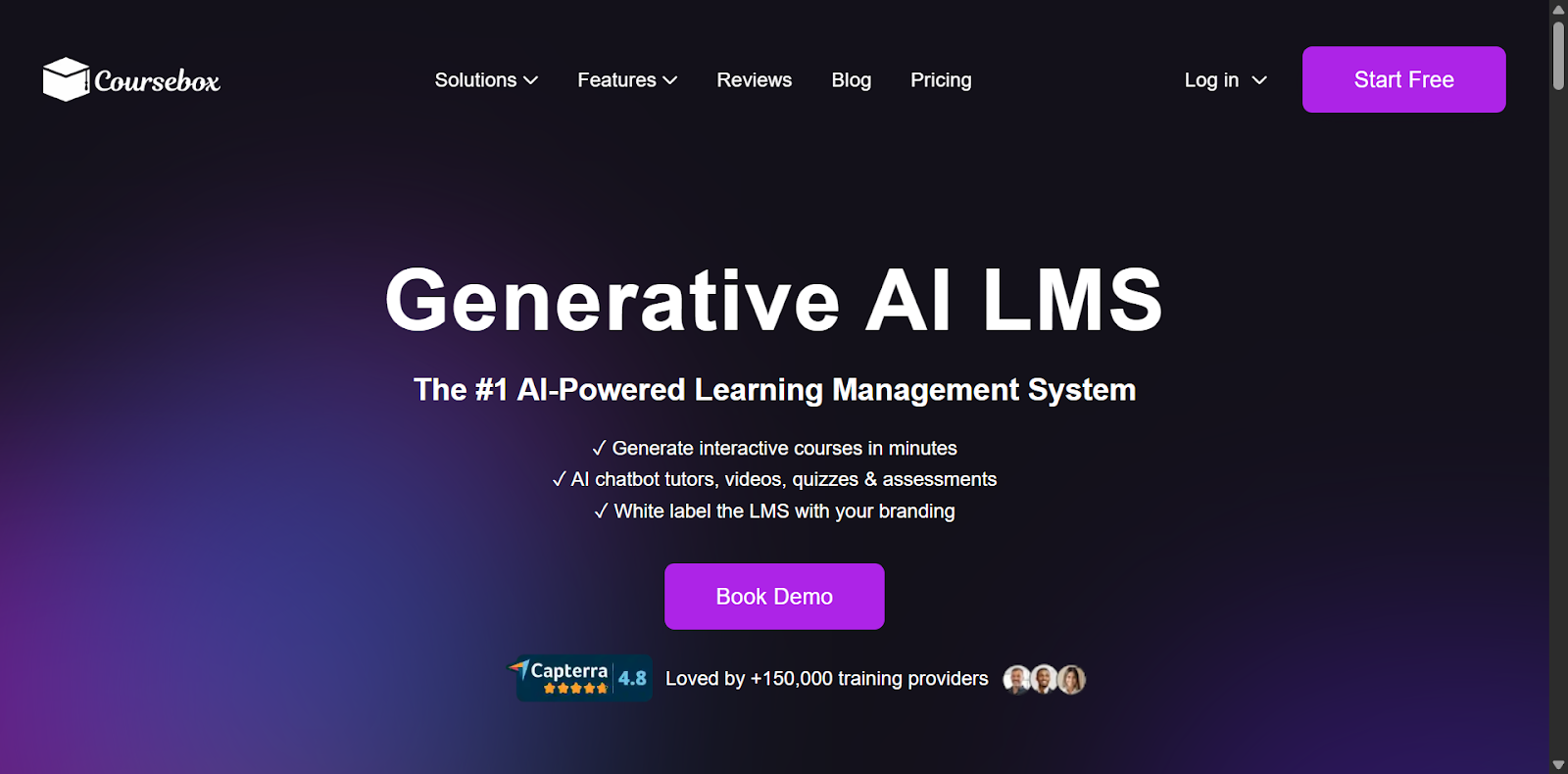What Is Role-Based Training and Why Does It Matter?
How does role-based training make employees more productive? Discover how targeted learning improves job performance and maximizes training ROI.
How does role-based training make employees more productive? Discover how targeted learning improves job performance and maximizes training ROI.

Most companies train their employees the same way: one generic course and the hope that everyone will somehow pick what they need.
But the reality is different.
Each role requires different skills, tools, and outcomes. That’s why role-based training exists. It matches learning outcomes to the actual demands of the job.
Instead of dumping information on employees, it focuses on the specific responsibilities, tools, and outcomes required for their job. When training becomes relevant, employees feel more confident and motivated.
However, if you’re wondering what that exactly is and how you can get your employees to participate, it’ll only take a few minutes. Keep reading.
Role-based training is a focused learning approach that equips employees with the exact skills, tools, and knowledge required for their specific job role. Think of it as personalized learning for the workplace.
This training zooms in on what matters for their daily responsibilities and performance. It matters because irrelevant training wastes time and kills engagement.
In fact, studies show that 74% of employees feel they aren’t reaching their full potential because they lack the right development opportunities. This shows that workplace training is directly tied to employees feeling more capable and confident.

To make role-based training work, you must follow a clear sequence of steps. Each one builds on the previous one, so employees get exactly the right training for their role. Here are four elements that every program should include:
First, you must clearly identify each job role within your organization and understand exactly what that role does. This means breaking down the position into its core responsibilities, daily tasks, key tools, and expected outcomes.
For instance, a “Customer Support Specialist” role might require handling support tickets, using CRM software, and escalating issues. In contrast, a “Product Manager” role would involve product roadmap planning, cross-functional stakeholder coordination, and decision-making.

Once you know the role, the next step is to develop a competency framework and map the specific skills and behaviours that success in that role requires. A competency framework defines what good performance looks like, such as the knowledge that separates a good performer from a great one.
Skill mapping then connects each competency to actual training needs. Research also shows that 66% of organizations use skills-mapping tools to ensure their workforce has the skills needed to handle uncertainty.
With roles identified and skills mapped, you then design a custom curriculum that delivers the needed training. This curriculum is customized to the role’s unique mix of skills, which include technical, behavioral, procedural, and tool-based training modules.
An example of it is a sales role for which you might design modules on product knowledge, CRM usage, and digital selling. Each module builds on the previous one, so the learner moves from basic to more advanced levels in a coherent way.

Finally, choosing the right delivery methods ensures the custom curriculum reaches employees in a way that fits their learning style. Delivery methods may include classroom workshops, e-learning modules, on-the-job training, simulations, micro-learning, and mobile learning.
For example, a field service technician may benefit from hands-on simulations, while a remote sales rep may prefer short video modules. One method that works best is blended learning, which has been shown to boost results by up to 60%.
When training speaks directly to an employee’s responsibilities, everything becomes easier. This, in turn, increases productivity, improves performance, and training finally starts delivering ROI.
Here are the core benefits companies experience when they switch to role-based training.
Role-based training directly improves performance because employees learn the exact skills required to succeed in their specific role. Instead of sitting through a generic session filled with theoretical information, employees are trained on real-world tasks.
When people know what to do and how to do it, confidence increases and mistakes decrease. For example, the sales team might learn lead qualification, objection handling, and closing strategies. Employees can learn skills they can use immediately.
This relevance is what drives performance improvement. People act faster, make better decisions, and execute tasks with accuracy.
One of the biggest frustrations for organizations is slow onboarding. Employees take weeks, sometimes months, to fully settle into their roles. This costs the company time and money. But role-based training fixes it by giving new hires targeted information from day one.
They learn only what they must know to start performing, rather than being flooded with unnecessary content. Such a structured onboarding path helps employees quickly understand expectations, workflows, and success criteria.
Studies also show that a systematic onboarding process increases retention by up to 82%. When onboarding is specific, new hires don’t guess. They execute, and your organization reduces downtime and speeds up value creation.

Most employees don’t want to sit through training that doesn’t apply to them. It’s tedious, frustrating, and signals that the company doesn’t value its time. Role-based training, however, shows that the organization cares about helping them grow in their role and succeed in their career path.
Moreover, employees who feel supported with relevant training get more motivated and engaged. They also feel more confident and are happier doing their work. Even simple changes like training them on the exact tools they use every day can dramatically improve morale.
Happy employees stay longer as they care about their performance. And they become internal advocates for your organization’s culture.
Training is only valuable when it translates into better performance and measurable results. The problem is that many companies waste training budgets on generic programs that sound impressive but have little impact.
Employees sit through hours of irrelevant material, and once the session is over, nothing changes. No behavior shift, new skill, or improvement in performance.
Role-based training changes this by directing training resources only to what matters most. If you train everyone on everything, you train specific people with the exact skills their roles require.
Better use of resources also means employees aren’t overwhelmed with unnecessary content, and the organization avoids paying for courses that bring no value.

Compliance mistakes are expensive. They can lead to penalties, legal issues, or damage to the company’s reputation. Role-based training helps prevent this by giving employees clear instructions customized to their responsibilities.
To make it easier for employees, compliance rules are presented in bite-sized modules tied to real situations. For the finance team, the rules might be to learn regulatory reporting and fraud-prevention steps.
Meanwhile, a warehouse team might learn safety protocols, hazardous material handling, and equipment-operation rules.
Before you jump to creating content for the training, it’s important to follow a structured approach. This ensures that training is precise, relevant, and aligned with the performance goals of your company.
With that said, let’s discuss the step-by-step way to implement role-based training effectively.
Start by identifying what each role requires. This includes responsibilities, tools used, performance expectations, and the skills needed to achieve those outcomes.
A training needs analysis compares what employees should be able to do with what they can currently do. The gap between the two becomes your training focus.
During this phase, interview managers, review job descriptions, and observe workflows. The goal is to uncover what skills make a real difference in performance for that specific role.
Once you know which skills each role requires, the next step is to design relevant employee training materials. This includes creating modules, learning activities, SOP-based lessons, tool walkthroughs, and assessments tied to each competency.
Here is where efficiency matters. Rather than building courses from scratch, platforms like Coursebox can help generate interactive training courses within minutes using AI. You can easily upload existing files, and the tool converts them into structured learning modules.
The process eliminates countless hours of manual course building and ensures that learning content stays aligned with role competencies.

Once content is ready, choose how to deliver it. Different tools require different delivery methods. For example:
This is again where Coursebox lends a hand. It also functions as an AI LMS, meaning you can assign courses to different roles, automate reminders, and issue certificates. In short, it’s an all-in-one platform that eliminates the need for multiple systems.

Before rolling out the training company-wide, conduct a pilot with a small group from each role. The purpose of the pilot is simple:
During it, ask if the content was relevant, if there were any confusions, and what they can improve. Feedback from a training needs analysis questionnaire can help you refine modules before launch.
After you’re done improving, scale the program and update content regularly.
Even the best role-based training plan hits roadblocks. However, if you anticipate them early, you can respond with simple fixes. Here are the common challenges you might face while trying to implement this training:
Role-based training is no longer optional. It’s the smartest way to build a skilled workforce, reduce onboarding time, and improve employee performance. But building and managing this type of training manually can be overwhelming.
That’s where Coursebox simplifies everything.
With AI-powered course creation, automated assessments, and a built-in LMS to assign training, Coursebox makes the entire process effortless.
Sign up for free and build your training course in minutes!
Companies use LMS, skill-mapping platforms, and content authoring tools to manage role-based training. Platforms like Coursebox make it easy to create custom training courses in minutes, upload content, and assess employee learning. Some businesses also integrate HR systems and analytics dashboards to monitor skill development and ROI.
Yes, role-based training can be delivered online. In fact, in many organizations, digital delivery actually increases engagement and flexibility. Employees can learn at their own pace, access role-specific modules, and complete micro-learning sessions from any device. Online delivery also supports video lessons, simulations, quizzes, and downloadable resources.
Regular training is broad and often generic, meaning everyone receives the same material regardless of their job. Role-based training is personalised and focuses only on the knowledge and skills needed for a specific role. Rather than “learning everything,” employees learn what directly impacts their performance. This makes training relevant and actionable.
Role-based training should be reviewed and updated regularly, ideally every quarter or whenever tools, compliance rules, or performance expectations change. Updating training ensures employees stay aligned with business goals and industry standards. If a new tool, software update, or workflow is introduced, the training content should be revised immediately.
